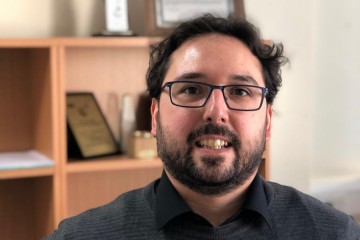Project grant
A comprehensive in silico approach to measure spatio-temporal changes of bone tissue in mouse models of osteoporosis and osteoarthritis

At a glance
Completed
Award date
December 2017 - April 2021
Grant amount
£357,401
Principal investigator
Dr Enrico Dall'Ara
Co-investigator(s)
Institute
University of Sheffield
R
- Replacement
- Reduction
Read the abstract
View the grant profile on GtR
